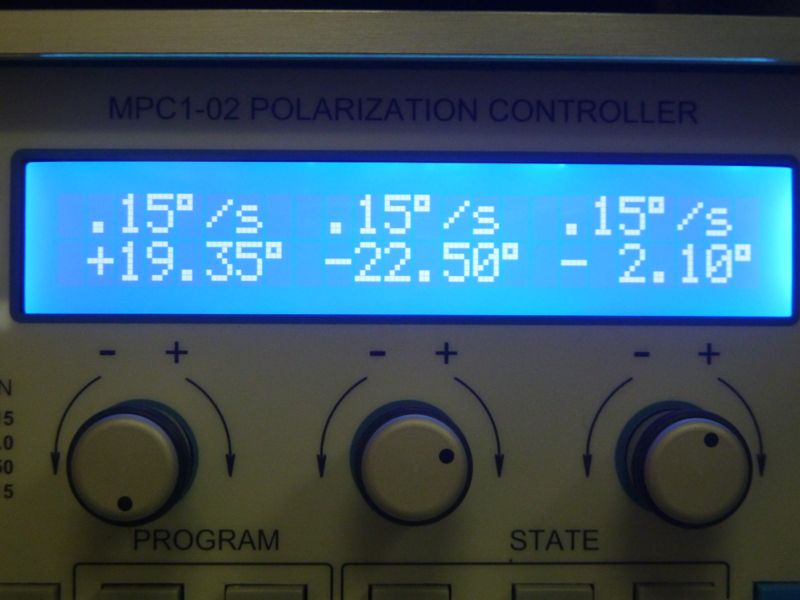During the recovery of the front end models I took the opportunity to review the status of the safe.snap files.
Of the 79 models, we had 19 safe.snap failures (24%).
here is the list of the failed models
Missing safe.snap files:
h1iopsusauxb123, h1susauxb123, h1susauxh2, h1susauxh34, h1isitst, h1hpiitmy, h1hpibs, h1hpiitmx, h1isiitmx, h1hpiham1, h1susauxey, h1asc
safe.snap files out of date:
h1susim, h1hpiham3, h1isiham2, h1isiham3, h1iscey
Also noted that some safe.snap files are not links to svn files but static files within the target area. Presumably these are not under svn control, here is the list:
h1hpiham6, h1isiham6, h1hpiham2, h1hpiham3, h1hpiham4, h1hpiham5, h1isiham4, h1isiham5, h1pslfss, h1lsc, h1ascimc
NOTE, apologies, the hpi isi ham4,5,6 are hard linksed to their SVN files.







